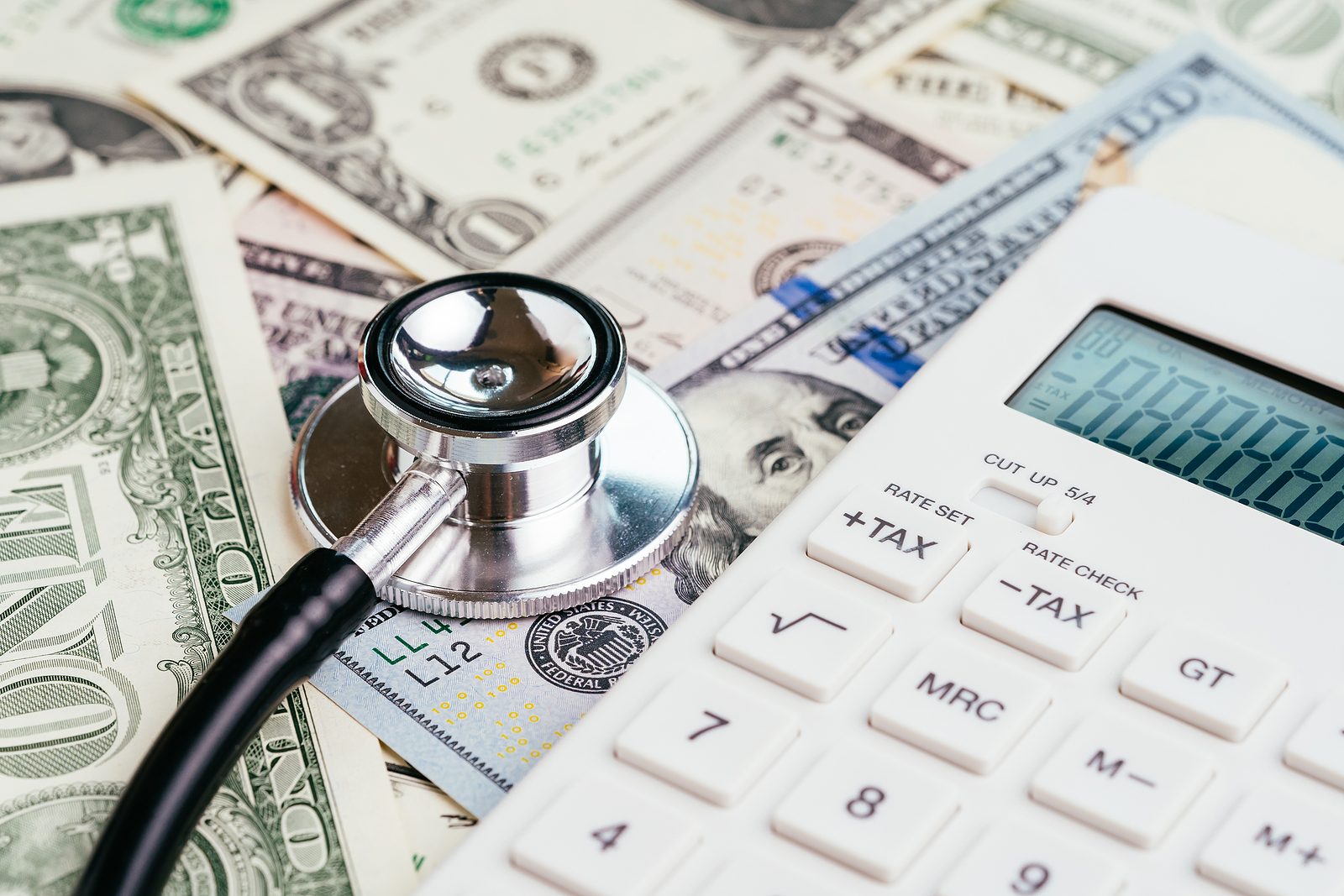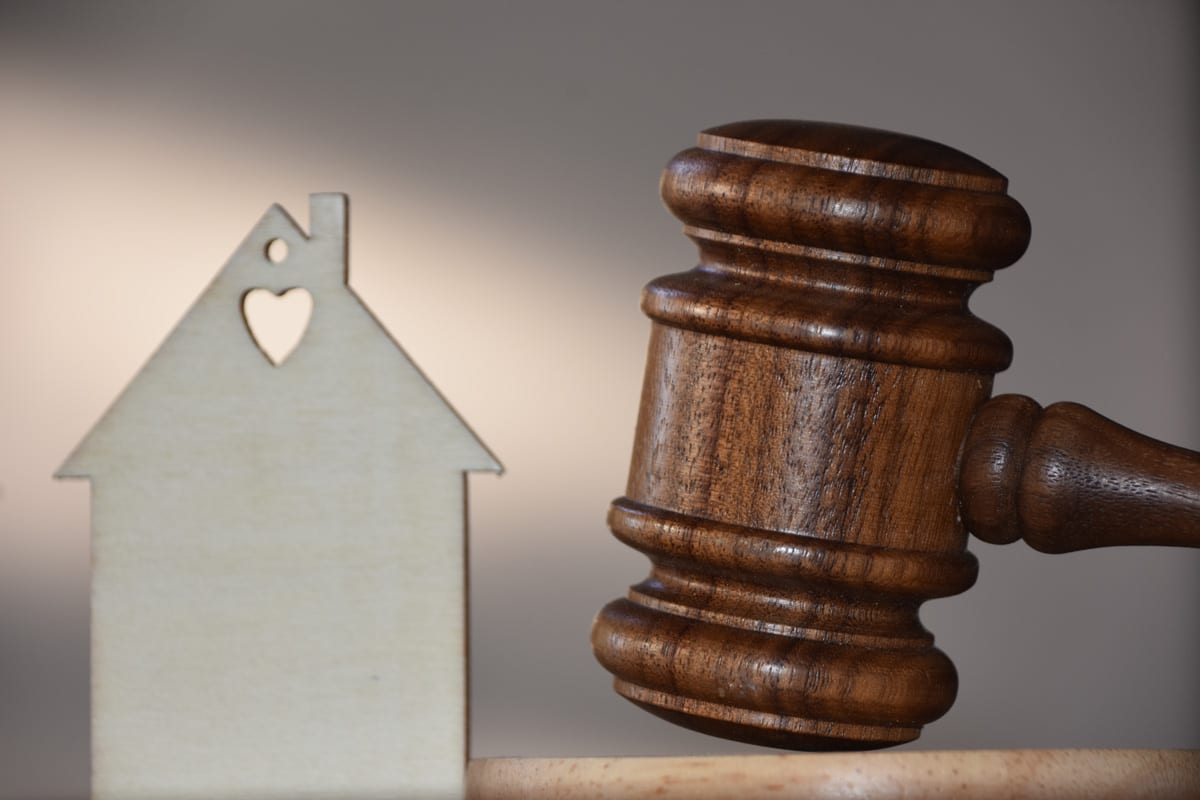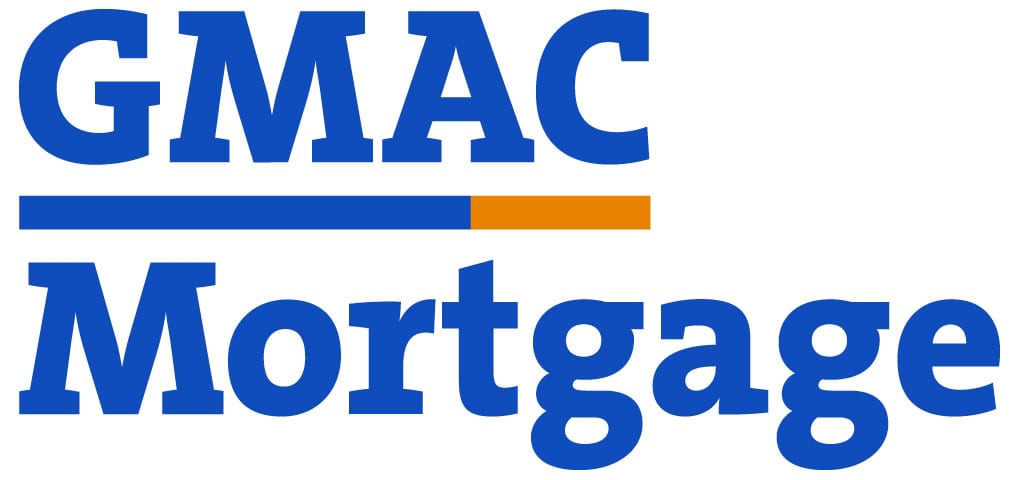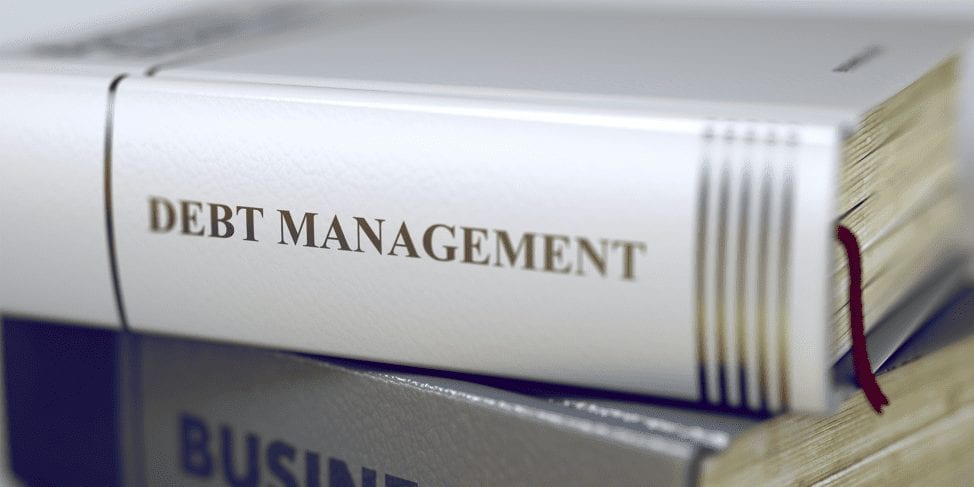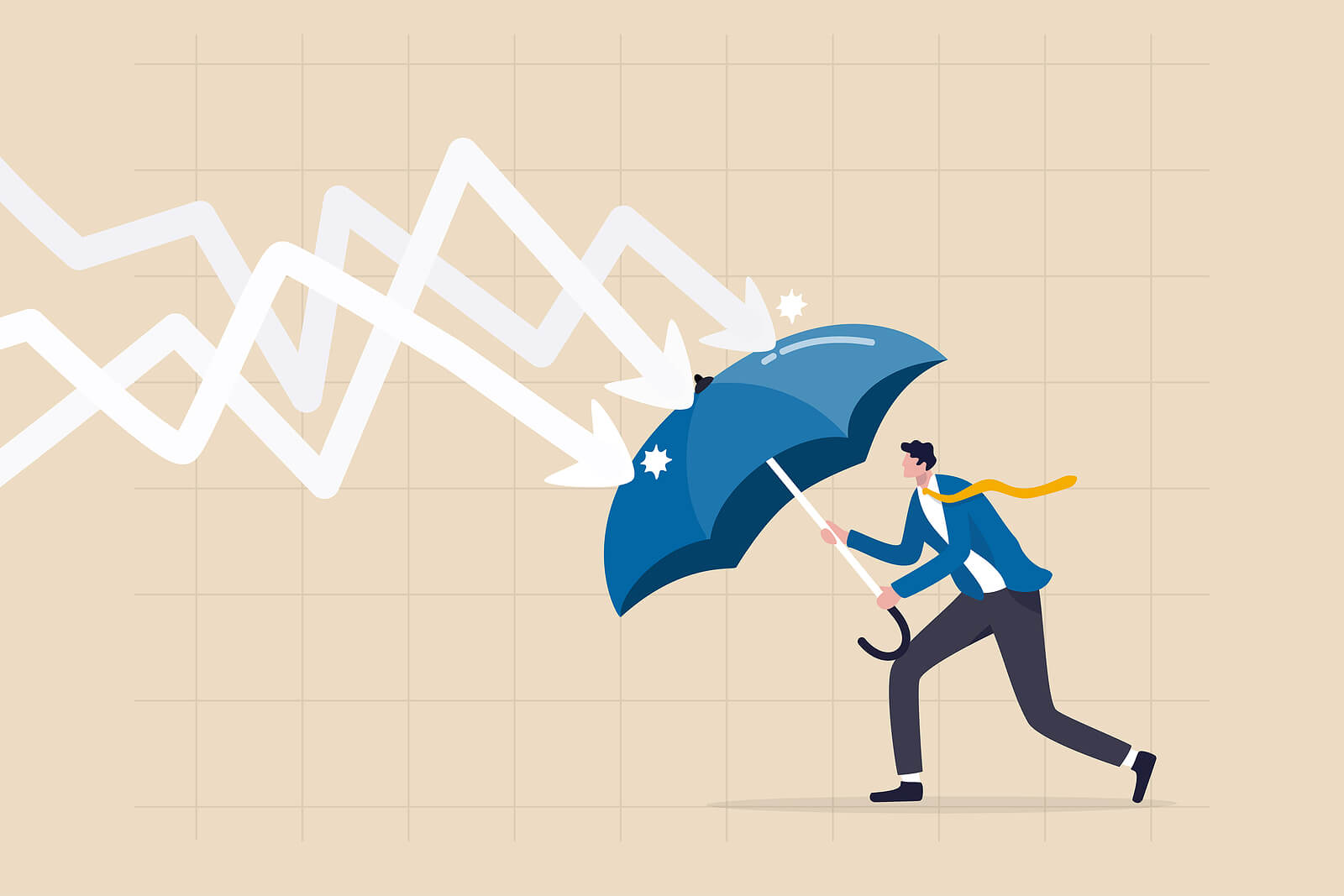Studies show about two-thirds of people who file for bankruptcy do so to manage debt from medical bills. Chapter 13 bankruptcy is one option that may reduce the amount you owe and make it easier to pay.
In general, bankruptcy doesn’t prioritize medical bills. They’re considered general unsecured debts similar to credit cards, while overdue taxes and domestic support payments are considered higher priority. Therefore, your medical debt isn’t attached to your property or other assets. When you file for Chapter 13 bankruptcy, these bills are combined with other unsecured debts to create a total amount for your repayment plan.
Chapter 13 lets you set up a three- to five-year repayment plan. Also called the “wage earner’s plan”, it may be a good option if you’re able to work despite your medical condition. Your monthly payments are determined by several factors. These include your income, monthly expenses, disposable income, and nonexempt assets that factor into your eligibility and debt obligations.
How Chapter 13 Works
The amount you pay each month is distributed to each creditor after you make a payment. Each creditor gets a pro rata portion of this amount. Proportionate allocations are determined by the bankruptcy agreement and remain the same throughout the plan. But unlike child support or alimony, or even a mortgage, you may not have to repay your medical bills in full.
Because medical debt is unsecured, you may be required to pay only a percentage of what you owe. The remaining balance will be discharged once you meet the requirements of the repayment plan. This means you might end up paying just a fraction of the total amount owed for medical bills.
Qualifying for Chapter 13
In order to file for bankruptcy, you must satisfy a variety of requirements. One of these is the amount of debt you have. For unsecured debt, the limit is now $394,725, so your total unsecured debts must be less than that to receive Chapter 13 relief. You also cannot file for bankruptcy if a previous petition was dismissed within 180 days of your most recent petition. This includes if you didn’t appear before the court, didn’t comply with its orders, or the previous bankruptcy was voluntarily dismissed.
In addition, you must have received credit counseling from an approved agency within the past 180 days. To open a Chapter 13 case, you must also:
- File a petition with a bankruptcy court serving the jurisdiction where you live.
- File schedules of assets and liabilities, income and expenditures, executory contracts/unexpired leases, and a statement of your financial affairs.
- Present a certificate of credit counseling and copy of any debt repayment plan created.
- Issue proof of income or any payment received from employers 60 days prior to filing.
- Provide a statement of monthly net income, with anticipated increases in income or expenses.
- Present the trustee with copies of tax returns for the most recent tax year or filed during the case.
- Pay all case filing and administrative fees.
If you follow all required steps, a bankruptcy discharge and/or repayment plan approval is possible assuming all medical bills were incurred before your case is filed.
OakTree Law Can Help
We can find tangible solutions if high amounts of medical debt are a problem. Our Los Angeles bankruptcy attorney can evaluate your financial situation and help you get back on your feet, while avoiding issues such as wage garnishments and financial judgments. Phone consultations are available during the COVID-19 outbreak. To request a free evaluation, call 562-219-2979.
